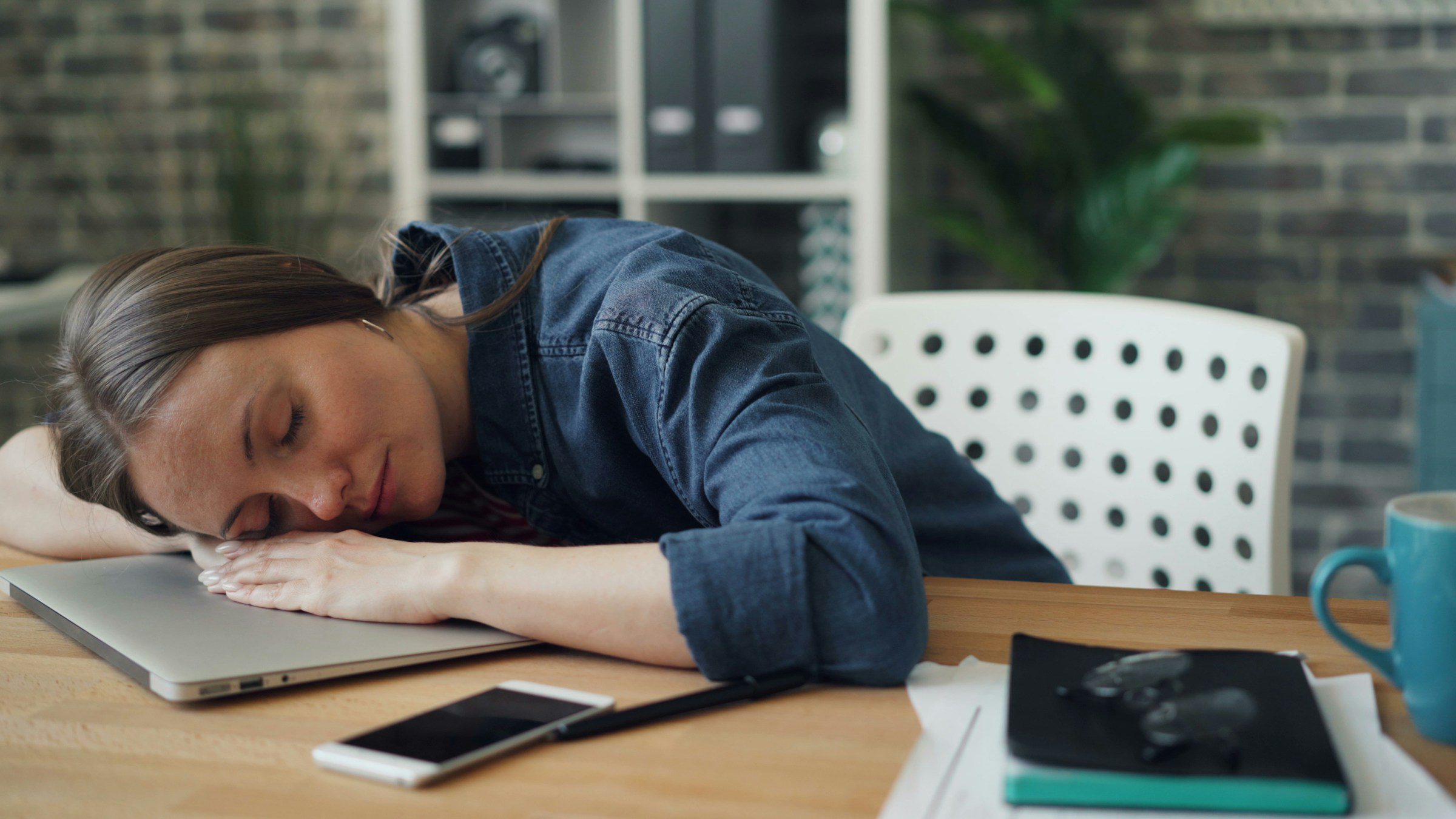Researchers from the French Sorbonne University have confirmed that a nap makes you more creative. “Researchers have mimicked Edison’s experiment,” Louis van Langen says on the BNR Science Today podcast. Van Langen points out what light bulb inventor Thomas Edison always did: go to sleep with something in his hand that falls during the transition from light to deep sleep, interrupting the nap.

It is said that Edison believed that sleep was a waste of time, and by sleeping with the object in his hand, he not only prevented the nap from turning into a long slumber, but he also said that it made him more creative. The Sorbonne researchers simulated the experiment with test subjects and asked them to solve a complex series of numbers containing a secretly hidden, much faster solution to the problem. The people who discovered this faster route clearly had creative inspiration.
More creative
It turns out that among the test subjects who did not sleep, 31 percent came up with an innovative solution/hack to solve the series of numbers, among the test subjects who fell into a deep sleep, this was 14 percent, and of the test subjects who took a power nap this was even more From 80 percent. Intermittent naps before deep sleep start to make you more creative, but how?
Science today | Even a couple of nights of poor sleep can make you feel old
Memory operations
According to sleep researcher Sebastian Overeem of Eindhoven University of Technology, memory processes are used during sleep, experiences are processed and the memory determines what you will retain longer and what you will not. “This is the beginning of creativity.” The second aspect is that when you sleep, you lose control of consciousness, which puts the brain “in a state where it can freely do its work.”
The transitions between wakefulness, light sleep and deep sleep are not difficult, but there is a kind of twilight zone, a hypnotic state. In that case, one function remains active: the individual’s evaluation of ideas and thoughts, which is the third important factor for increasing creativity. The dreams that we already partly have in that case play an important role – it is in dreams that new ideas are evaluated more openly.
Science today | A link has been found between watching television for a long time and getting out of bed more often to urinate
Building blocks were excavated
“In this hypnotic state, all kinds of processes occur in our brain that stimulate creative thinking. We have encountered problems before in our lives and eventually solved them. The ‘building blocks’ for these solutions are extracted from your memory during the sleep phase. This happens unconsciously, but those Experiments help your brain handle a new problem better.
“Those who sleep lose control of their consciousness, putting the brain in a state where it can do its work freely.”
Research conducted by NASA on pilot sleep behavior shows that people were more alert for more than two hours after a 25-minute nap compared to without a nap. Although the length of the sleep state between light sleep and deep sleep can vary for people, an ideal nap lasts no longer than 20 to 25 minutes. Do you want to sleep longer? Then you risk waking up less alert, angry and confused.
Power naps have now gained traction among more and more companies and organizations: they not only increase creativity, but also alertness, cognitive ability and productivity.

“Coffee buff. Twitter fanatic. Tv practitioner. Social media advocate. Pop culture ninja.”











More Stories
Which can cause an increase in nitrogen.
The Central State Real Estate Agency has no additional space to accommodate Ukrainians.
The oystercatcher, the “unlucky national bird,” is increasingly breeding on rooftops.